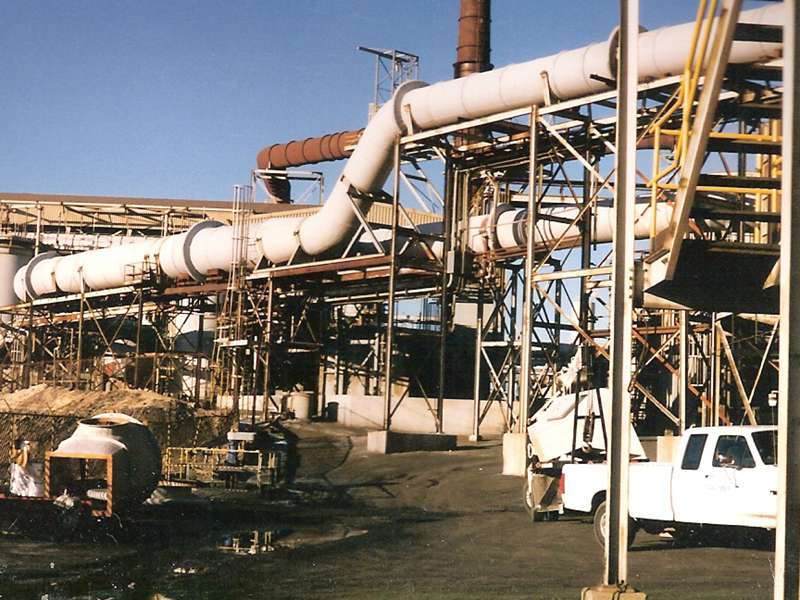
-
 Afrikaans
Afrikaans -
 Albanian
Albanian -
 Amharic
Amharic -
 Arabic
Arabic -
 Armenian
Armenian -
 Azerbaijani
Azerbaijani -
 Basque
Basque -
 Belarusian
Belarusian -
 Bengali
Bengali -
 Bosnian
Bosnian -
 Bulgarian
Bulgarian -
 Catalan
Catalan -
 Cebuano
Cebuano -
 China
China -
 China (Taiwan)
China (Taiwan) -
 Corsican
Corsican -
 Croatian
Croatian -
 Czech
Czech -
 Danish
Danish -
 Dutch
Dutch -
 English
English -
 Esperanto
Esperanto -
 Estonian
Estonian -
 Finnish
Finnish -
 French
French -
 Frisian
Frisian -
 Galician
Galician -
 Georgian
Georgian -
 German
German -
 Greek
Greek -
 Gujarati
Gujarati -
 Haitian Creole
Haitian Creole -
 hausa
hausa -
 hawaiian
hawaiian -
 Hebrew
Hebrew -
 Hindi
Hindi -
 Miao
Miao -
 Hungarian
Hungarian -
 Icelandic
Icelandic -
 igbo
igbo -
 Indonesian
Indonesian -
 irish
irish -
 Italian
Italian -
 Japanese
Japanese -
 Javanese
Javanese -
 Kannada
Kannada -
 kazakh
kazakh -
 Khmer
Khmer -
 Rwandese
Rwandese -
 Korean
Korean -
 Kurdish
Kurdish -
 Kyrgyz
Kyrgyz -
 Lao
Lao -
 Latin
Latin -
 Latvian
Latvian -
 Lithuanian
Lithuanian -
 Luxembourgish
Luxembourgish -
 Macedonian
Macedonian -
 Malgashi
Malgashi -
 Malay
Malay -
 Malayalam
Malayalam -
 Maltese
Maltese -
 Maori
Maori -
 Marathi
Marathi -
 Mongolian
Mongolian -
 Myanmar
Myanmar -
 Nepali
Nepali -
 Norwegian
Norwegian -
 Norwegian
Norwegian -
 Occitan
Occitan -
 Pashto
Pashto -
 Persian
Persian -
 Polish
Polish -
 Portuguese
Portuguese -
 Punjabi
Punjabi -
 Romanian
Romanian -
 Russian
Russian -
 Samoan
Samoan -
 Scottish Gaelic
Scottish Gaelic -
 Serbian
Serbian -
 Sesotho
Sesotho -
 Shona
Shona -
 Sindhi
Sindhi -
 Sinhala
Sinhala -
 Slovak
Slovak -
 Slovenian
Slovenian -
 Somali
Somali -
 Spanish
Spanish -
 Sundanese
Sundanese -
 Swahili
Swahili -
 Swedish
Swedish -
 Tagalog
Tagalog -
 Tajik
Tajik -
 Tamil
Tamil -
 Tatar
Tatar -
 Telugu
Telugu -
 Thai
Thai -
 Turkish
Turkish -
 Turkmen
Turkmen -
 Ukrainian
Ukrainian -
 Urdu
Urdu -
 Uighur
Uighur -
 Uzbek
Uzbek -
 Vietnamese
Vietnamese -
 Welsh
Welsh -
 Bantu
Bantu -
 Yiddish
Yiddish -
 Yoruba
Yoruba -
 Zulu
Zulu
fiberglass holding tanks
The Advantages and Applications of Fiberglass Holding Tanks
Fiberglass holding tanks have become increasingly popular in various industries due to their durability, resistance to corrosion, and lightweight nature. Designed to store fluids, these tanks serve a wide range of applications, from wastewater management to agricultural use. In this article, we will explore the advantages of fiberglass holding tanks, their applications, and why they are often the preferred choice in many settings.
Durability and Corrosion Resistance
One of the most significant advantages of fiberglass holding tanks is their exceptional durability. Unlike metal tanks, which can corrode over time when exposed to harsh chemicals, fiberglass is inherently resistant to a wide variety of substances. This characteristic makes fiberglass an ideal choice for storing chemicals or wastewater that would typically degrade other materials. The longevity of these tanks allows for reduced maintenance costs and replacement frequencies, which can lead to significant cost savings in the long run.
Lightweight and Versatile
Fiberglass holding tanks are considerably lighter than their metal counterparts. This lightweight nature simplifies transportation and installation, making it easier for businesses to set up their systems without the need for extensive lifting equipment. Additionally, fiberglass tanks can be molded into various shapes and sizes, offering flexibility in design to meet specific storage needs. This versatility allows businesses to utilize these tanks in tight spaces or to create customized solutions tailored to their unique situations.
Insulation Properties
fiberglass holding tanks

Another advantage of fiberglass holding tanks is their excellent insulation properties
. The material can help maintain the temperature of the fluids stored within, which is particularly crucial for applications involving temperature-sensitive substances. This feature is especially beneficial in agricultural settings, where the storage of chemicals or fertilizers may require a stable internal environment to prevent degradation or reaction.Environmental Impact
The environmental benefits of using fiberglass holding tanks also cannot be overlooked. These tanks are often constructed from recycled materials, contributing to sustainability efforts. Furthermore, their resistance to leaks minimizes the risk of environmental contamination, a crucial aspect for industries handling hazardous substances. The use of fiberglass can thus align with the growing focus on ecological responsibility across various sectors.
Applications Across Industries
Fiberglass holding tanks find applications in multiple industries, including agriculture, wastewater management, chemicals, and food processing. In agriculture, they are commonly used for storing fertilizers and pesticides, providing an effective solution for large-scale farms. In wastewater management, these tanks serve as crucial components for treating and storing waste before it undergoes further processing. In the chemical industry, their corrosion resistance makes them suitable for storing a plethora of chemical compounds securely.
Conclusion
In conclusion, fiberglass holding tanks offer numerous benefits that make them an excellent choice for various applications. Their durability, corrosion resistance, lightweight construction, and insulation properties combine to provide an effective and efficient solution for fluid storage. As industries continue to prioritize sustainability and environmental responsibility, the use of fiberglass tanks is likely to grow, further establishing their presence as a vital resource in modern infrastructure. Whether for agricultural, chemical, or wastewater applications, fiberglass holding tanks present a viable option that meets the demands of today's diverse industrial landscape.









